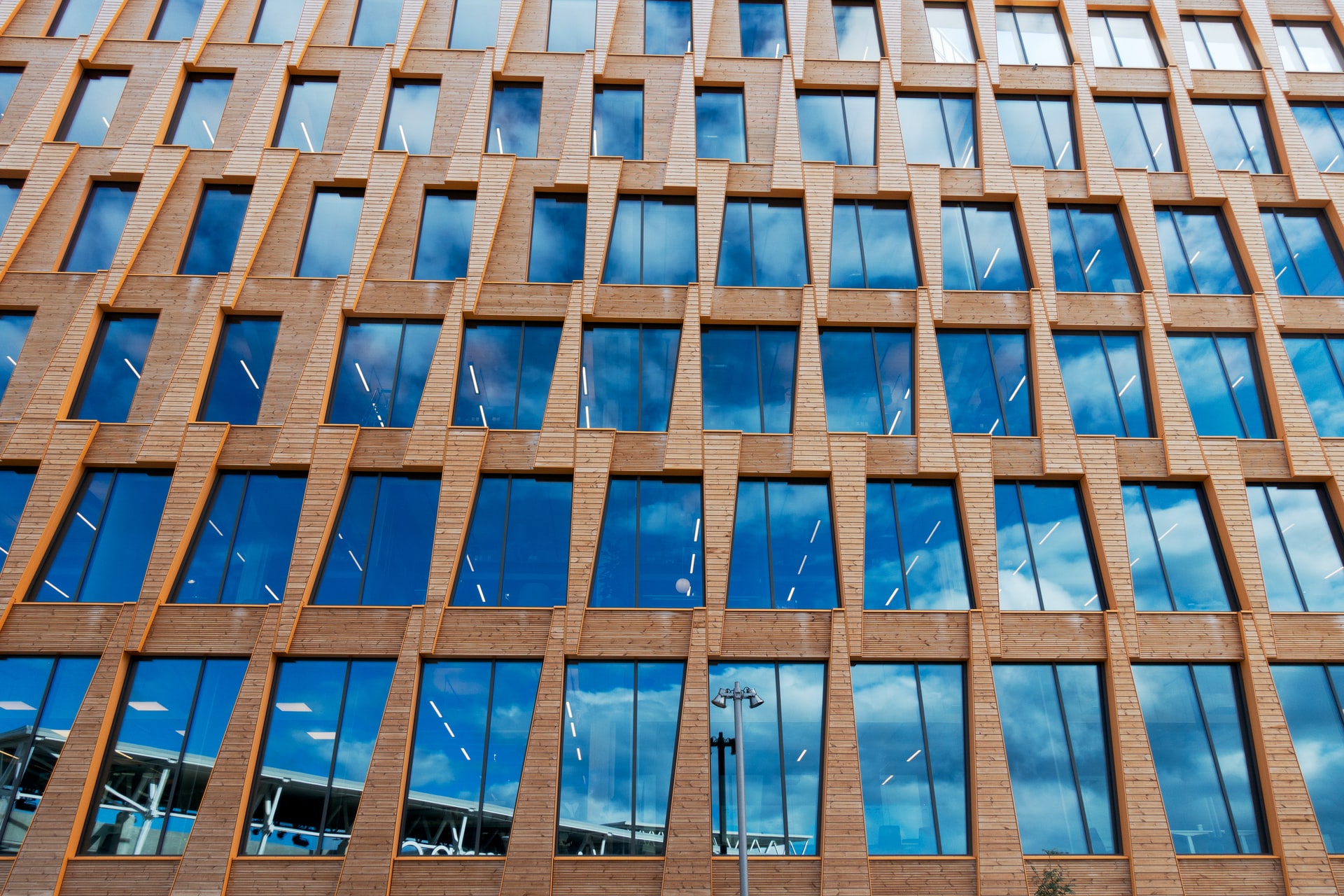Cut through the political noise and we can see that COP26 was a symbolic moment for the built environment. Reducing whole building-lifecycle emissions is now firmly established as an essential organising principle for the construction industry’s pathway to net zero. And thanks to this, the industry now has its sights set on the holy grail of cleaning up the sector – reducing the embodied carbon in our buildings that currently contributes 11% of global Green House Gas emissions.
The true success of COP26 lies in progress made over the coming years and will be judged by how we turn commitments into action. To get there, the industry needs new approaches, technologies and materials. Of all these, timber holds the most potential. But there are still barriers preventing its uptake as a mainstream alternative to the carbon intensive materials that we have relied on for too long.
Three barriers to address
We must build on the momentum from COP26 to leverage the full potential of timber, increasing the amount of timber per square foot in our buildings and innovating new engineering methods to increase the utility of timber as a material.
Three barriers need to be addressed in the short term. First, the performance of timber as a construction material, and the evidence base that supports this, needs to be better communicated to all stakeholders. Second, we must create new finance and insurance models that enable and incentivise timber construction that is cost-competitive with man-made building materials. And finally, we need to build networks and coalitions that address the fragmentation of the value chain, from forest owner to eventual asset holder.
Built by Nature: accelerating the timber building transformation
Built by Nature, launched ahead of COP26, exists to address these barriers and accelerate the timber building transformation. Through the Accelerator Fund we are making grants in key areas we know innovation support is needed, and that address the first two barriers.
One of our first grants supported the development of a pre-warrantied system for a multi-storey residential building in engineered timber called the New Model Building, led by Waugh Thistleton, in partnership with UCL and Buro Happold. This will be open-source and adaptable, meaning other developers can use this model as a template for designing their own timber buildings. In the words of Andrew Waugh, Founder and Director of Waugh Thistleton, “this project will kick start the transformation that is desperately needed in UK housebuilding”.
This practical example is supported by the work to address the key barriers in the UK market, specifically focusing on the policy and regulatory challenges associated with fire and insurance. This is led by the Timber Accelerator Hub, established in 2020 by the Alliance for Sustainable Building Products and with funding from Built by Nature.
In the Netherlands, Built by Nature has made a grant which aims to scale biobased building through a new blended-finance and valuation model, led by Holland Houtland. By providing a market-tested model to understand the costs, value and returns of bio-based buildings, project owners, corporations and builders will find it easier to justify more social housing to be built from timber.
This is complimented by work to dispel the myths about timber in the planning and construction industry, led by the AMS Institute. The initiative recently supported the City of Amsterdam’s Green Deal Timber Construction that requires all new buildings to be constructed from at least 20 percent timber from 2025, a trend we hope to see become a precedent for other cities across Europe and the UK.
The timber transition is happening, but too slowly if we are going to stay within our carbon budget. As an industry, we now have an organising principle to decarbonise the built environment by 2050. We must look forward and prioritise the reduction of embodied carbon in our built environment, using timber as a key enabler to achieve this.
Image: Valle Wood, Oslo



